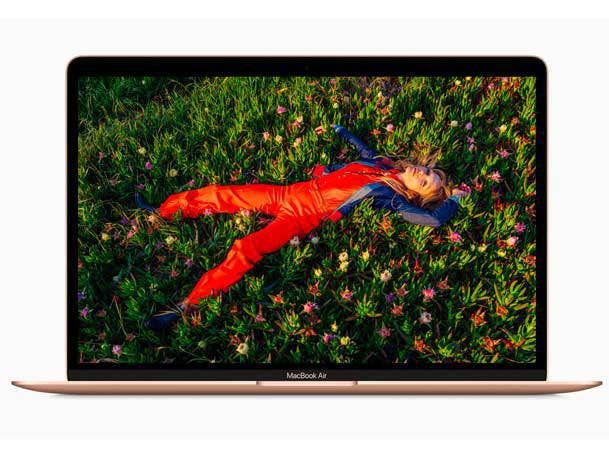Apple CEO Cook: Surge In Mac Demand ‘Fueled’ By M1 Chip
The company set a new record for quarterly Mac revenue as sales jumped 70 percent, with three Mac models now available with Apple’s M1 processor.

Apple’s shift to in-house Mac processors helped to drive record-breaking results for the Mac business during the company’s latest quarter, CEO Tim Cook said Wednesday.
Mac revenue surged 70 percent during Apple’s fiscal second quarter, ended March 27, to reach an all-time quarterly record of $9.1 billion.
Apple’s fiscal Q2 was the first full quarter of sales for Mac models powered by the M1, the company’s high-performance Arm-based processor that debuted in November.
[Related: Apple ‘Very Optimistic’ About Enterprise Opportunity: CEO Tim Cook]
“Fueled by the M1, we set an all-time [Mac] revenue record continuing the momentum for the product category,” Cook said Wednesday during the company’s quarterly call with analysts.
The PC market overall saw unprecedented growth during the first three months of the year amid demand from widespread remote work and learning, research firm Gartner reported earlier this month.
Apple’s fiscal second-quarter results broke the Mac revenue record that had just been set during its fiscal Q4 of 2020, ended Sept. 26, when Mac sales reached $9.03 billion. “The last three quarters for Mac have been its three best quarters ever,” Cook said.
Apple is about five months into its two-year transition away from using Intel processors in the Mac. Devices featuring the M1 so far include the entry-level 13-inch MacBook Pro, as well as the MacBook Air [pictured above] and Mac Mini.
Apple has enjoyed an “enthusiastic customer response” so far to the M1-powered Mac models, CFO Luca Maestri said during the quarterly call Wednesday.
Last week, Apple announced it’s extending use of the M1 further into its product portfolio, with the chip set to power the redesigned iMac and the refreshed iPad Pro. The new iMac and iPad Pro will be available to order on Friday with shipping in the second half of May.
Apple has touted advantages for its M1 processor including performance and battery life gains. For instance, Apple said the M1 will offer up to 85-percent faster CPU performance on the new iMac.
On Wednesday, the Cupertino, Calif.-based company reported double-digit growth across all of its product categories during its second fiscal quarter. That produced a 54-percent spike in Apple’s overall revenue for the quarter, year over year, with total quarterly revenue reaching $89.58 billion.
The “strong popularity” of the 5G-enabled iPhone 12 family led to major growth once again for iPhone sales during the quarter, Cook said. Revenue from iPhones jumped 65 percent from the same period a year earlier to $47.94 billion.
The iPad business saw the largest growth of any product category during Apple’s fiscal second quarter with a 79-percent increase in revenue to reach $7.81 billion. Both Mac and iPad product sales have continued to benefit from demand spurred by work-from-home and remote learning, Maestri said.
Looking ahead, however, Maestri said that ongoing semiconductor shortages are expected to hamper the company’s iPad and Mac businesses.
“We believe supply constraints will have a revenue impact of $3 [billion] to $4 billion in the June quarter,” he said during the call with analysts—later adding that the supply impacts are expected to be “primarily on iPad and Mac.”
Cook later echoed the comments, saying that “those shortages primarily affect iPad and Mac - so we expect to be supply-gated, not demand-gated.”
Apple did not provide revenue guidance for future quarters.
During its latest quarter, Apple also saw big growth in its Services business (up 21 percent to $16.9 billion) and in its Wearables, Home and Accessories business (up 25 percent to $7.84 billion).
The company generated net income of $23.63 billion, or earnings of $1.40 per diluted share, during its fiscal Q2. That was up from net income of $11.25 billion, or earnings of 64 cents per diluted share, from the year before.
Apple’s stock price rose 2.3 percent, to $136.65 a share, in after-hours trading Wednesday.